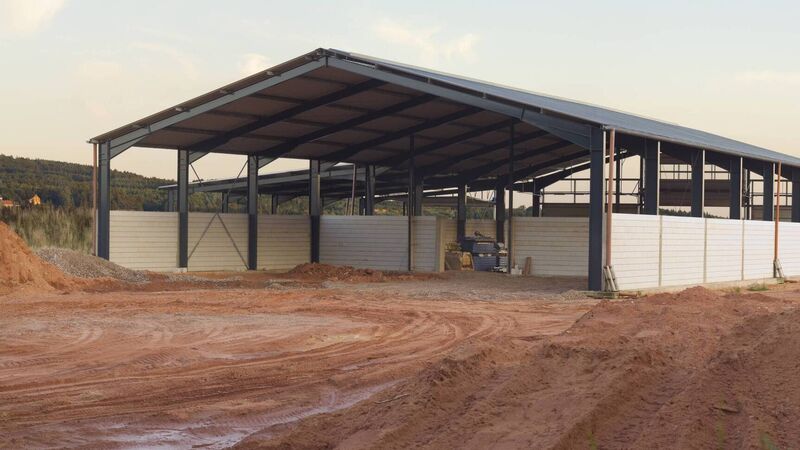Construction noise: What are the rules?

The level of noise that can be reasonably expected in the city centre will differ between that what would be expected in the suburbs or country side.
Dear Reader,
I am sorry to hear about your predicament and whilst I appreciate you wish to preserve good relations with your neighbours, they should have more consideration towards you and your family.
Firstly, I would refer you to the law of Nuisance which is an act or omission which amounts to an unreasonable interference with, disturbance of, or annoyance to another person in the exercise of his or her rights associated with the enjoyment of his or her property. The court will look as to whether there is a substantial interference with the use and enjoyment of one’s land and will look to what is reasonable to expect between neighbours and as to whether a reasonable person would endure the nuisance complained of.
Local conditions are often taken into consideration in determining whether the nuisance complained of is reasonable. The level of noise that can be reasonably expected in the city centre will differ between that which would be expected in the suburbs or countryside.
There are regulations dealing with the area of noise disturbance but the law does not specifically define the level of noise that would amount to nuisance. S. 108 of the Environmental Protection Agency Act 1992 outlines that noise amounts to nuisance where the noise is "so loud, so continuous, so repeated, of such duration or pitch or occurring at such times as to give reasonable cause for annoyance to a person in any premises in the neighbourhood or to a person lawfully using any public place."
The duration of the interference is another factor the courts will consider. As a general rule, the longer the interference the more likely it will be found to be considered unreasonable. I would recommend you make a note detailing when the noise stops and starts and how it has affected you.
Another option for you is to check online to see whether there is planning permission in place which may contain conditions regarding noise and construction times. I note you have concerns that there may not be planning permission in place. It is extremely important to comply with planning permission.
An unauthorised development is essentially the carrying out of unauthorised works, such as the construction, erection, or making of any unauthorised structure. A typical example would be the construction of a large shed or extension without planning permission.
In the event of an unauthorised building, the planning authority can order the landowner to demolish the building. Failure to do so can result in the authority serving a notice requiring the landowner to remove or alter the structure, or to discontinue its use.
Before you consider taking any legal action I would advise you approach your neighbour and see if matters can be resolved amicably.
- Email: info@walshandpartners.ie
- Web: www.walshandpartners.ie
- While every care is taken to ensure accuracy of information contained in this article, solicitor Stephen Coppinger does not accept responsibility for errors or omissions howsoever arising, and you should seek legal advice in relation to your particular circumstances at the earliest possible time.













